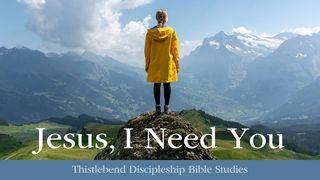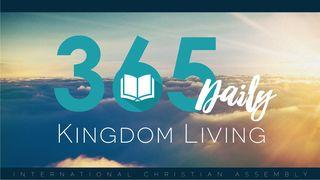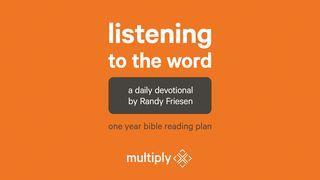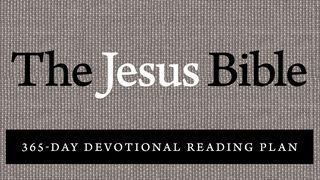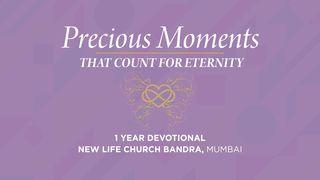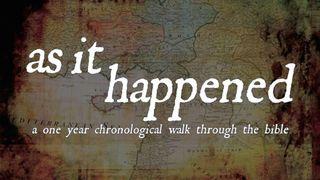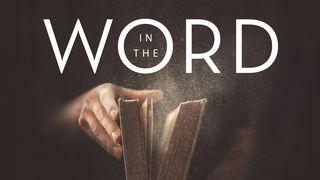Plan Info
For The Love Of GodSample

THE PROPHECY OF AMOS CALLS the people of God back to the behavior stipulated by the covenant. But since so much of Israel’s misbehavior is bound up with social injustice, not exclusively individualistic sins, this prophecy includes some of the most incisive denunciation of social injustice found anywhere.
Some preliminary reflections on Amos 1:
(1) Unlike Ezekiel, who was a trained priest before he became a prophet, and unlike Isaiah and Jeremiah, who seem to have been prophets all their lives, and unlike Daniel, whose work was in the “secular” arena but whose training was first-class, Amos was neither a professional religious leader nor a scholar. He was a shepherd (Amos 1:1)—as Elisha was a farmer and our Lord was a carpenter.
(2) Unlike the book of Joel, this book specifies the reigns under which Amos preached: under Uzziah king of Judah and Jeroboam II of Israel (Amos 1:1). We do not know the date of the earthquake to which Amos alludes, but the two kings in question enjoyed long reigns in the first half of the eighth century B.C., the former from about 790 to 740 B.C., the latter from about 793 to 753 (including co-regencies with their respective fathers). During that time Assyria, the regional power, was not expansionist, so the two kingdoms of Judah and Israel were not oppressed from the outside, and grew politically and militarily strong. (Assyria did not become a threat until after 745, when Tiglath-Pileser III ascended the throne.)
(3) Amos was a missionary, i.e., a cross-cultural preacher of the word of God. He was a shepherd from Tekoa, in Judah, but his ministry took place in Israel. During that time, Jeroboam II, an able man, extended the boundaries as far as Solomon had done. But despite all the prosperity and expansionism, the wealth settled into the hands of a very few. Combined with moral decay and continuing idolatry, this meant that the nation was heading for destruction—and apart from Amos, very few detected the dangers.
(4) Regal king that he is, the Lord “roars” like a lion from Zion, threatening judgment (Amos 1:2). His forbearance is running out. That is why one popular Amos commentator (J. Alec Motyer) titles his book The Day of the Lion, and another (Roy Clements) When God’s Patience Runs Out.
(5) The formula “For three sins of X, even for four” (Amos 1:3, 6, 9, 11, 12) is a poetic way in Hebrew of specifying four sins. In Amos 1, the sins are the sins of Israel’s neighbors: the God who chastens his own covenantal people is nevertheless Judge of all the earth—a truth both somber and encouraging.
Scripture
About this Plan

A daily devotional for discovering the riches of God's word: For the Love of God is a daily devotional designed to walk a person through the Bible in a year while assisting the reader in discovering the riches of God's W...
More
We would like to thank The Gospel Coalition for providing this plan. For more information, please visit: thegospelcoalition.org

